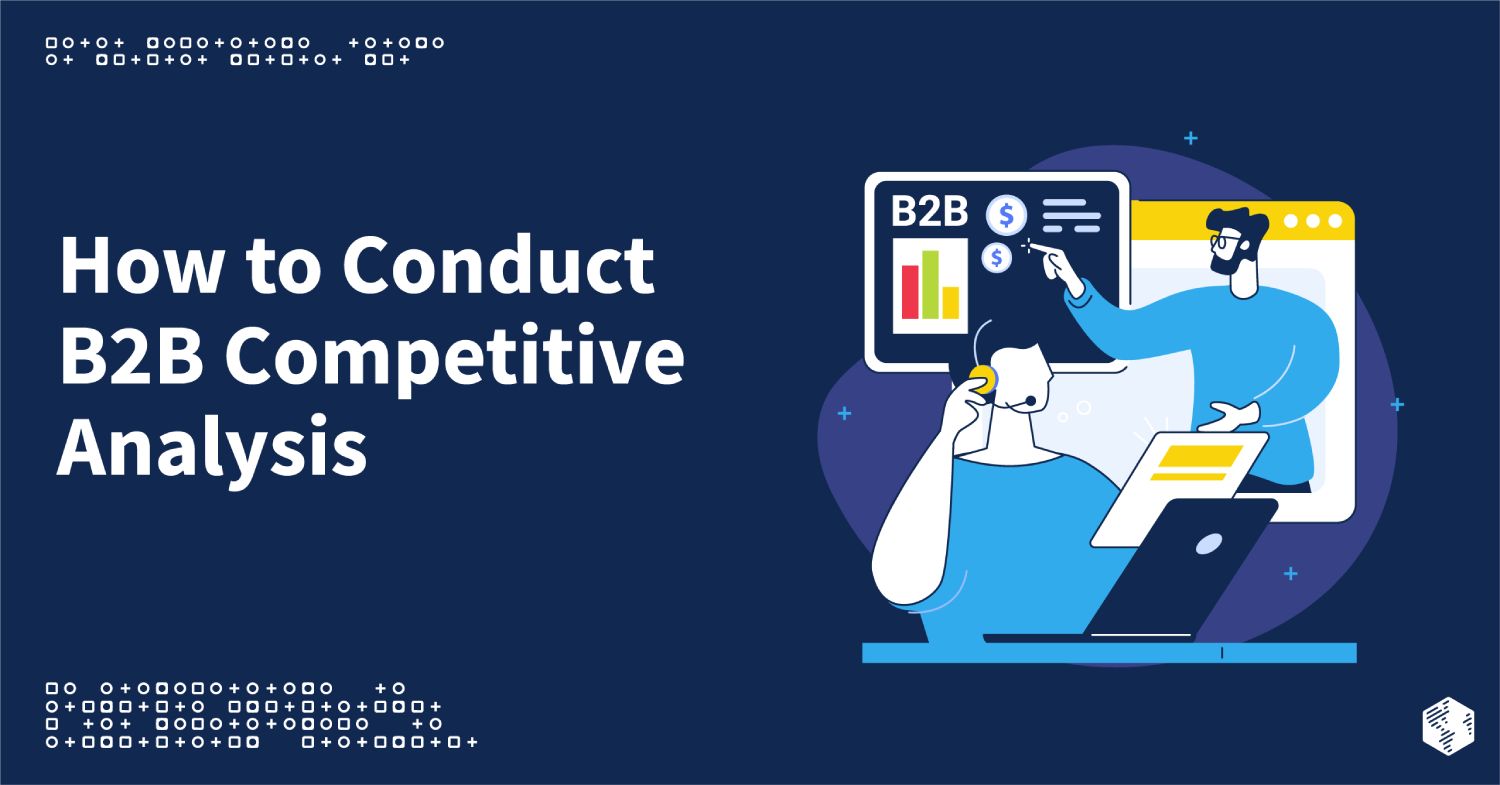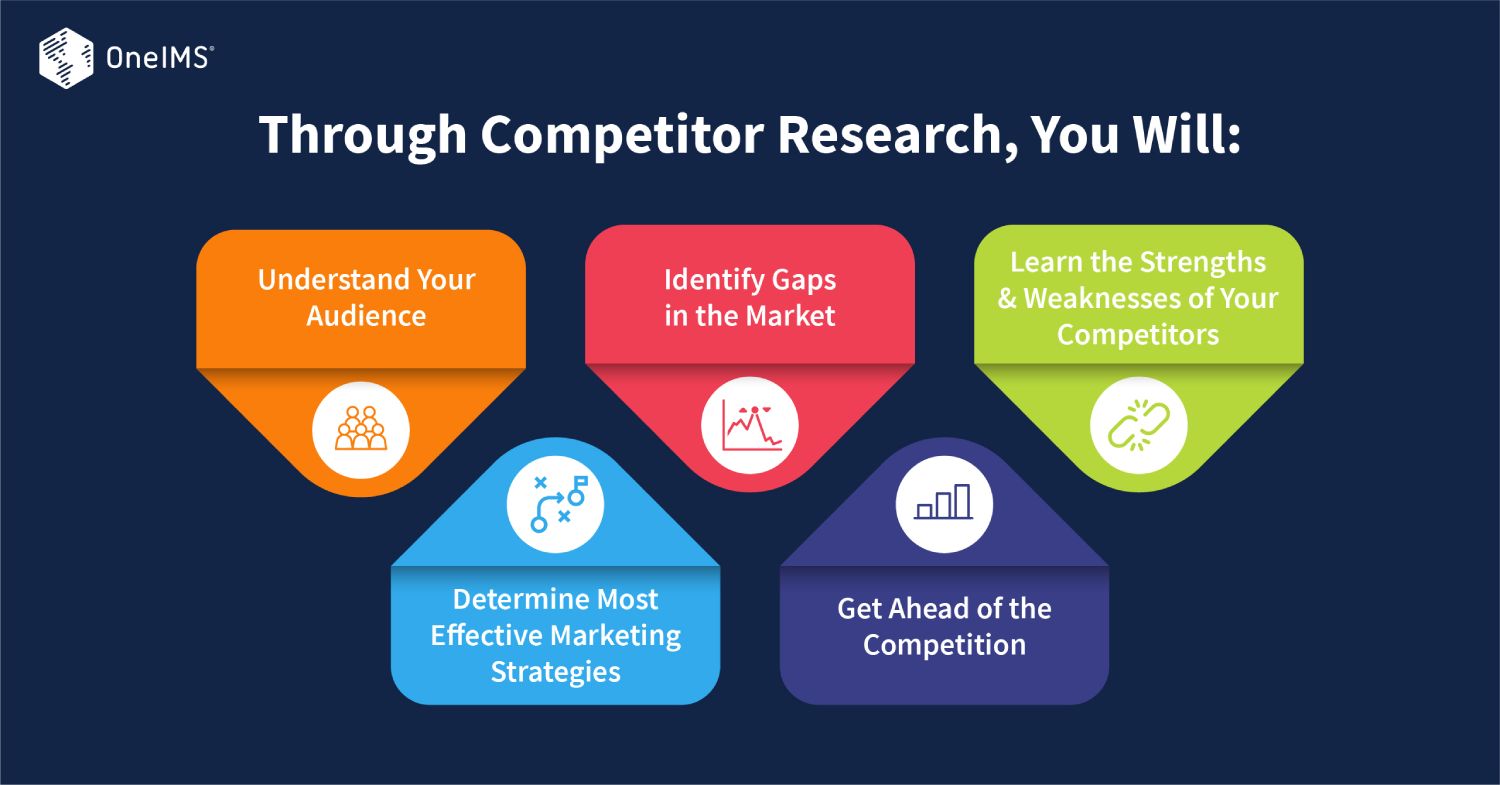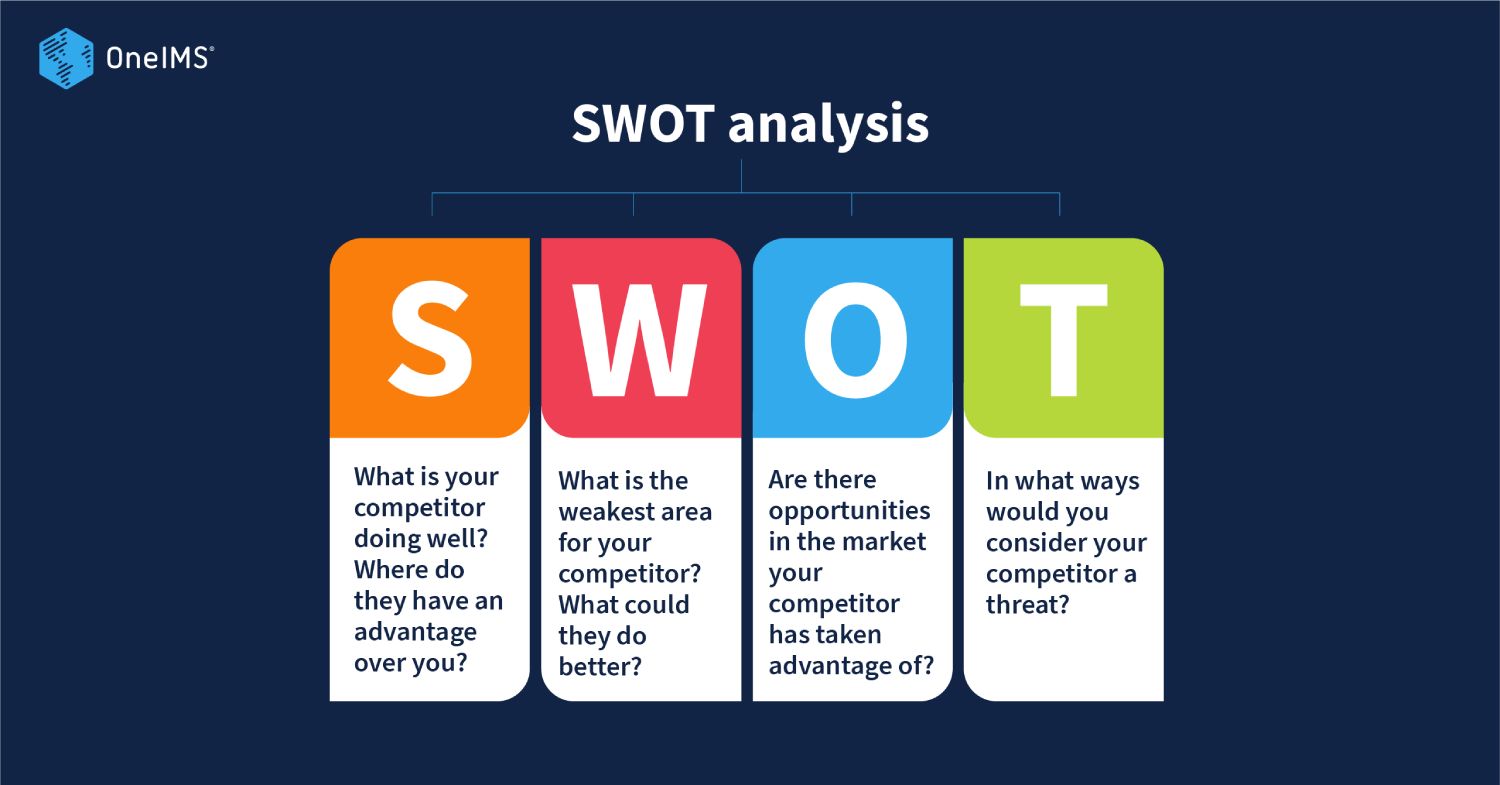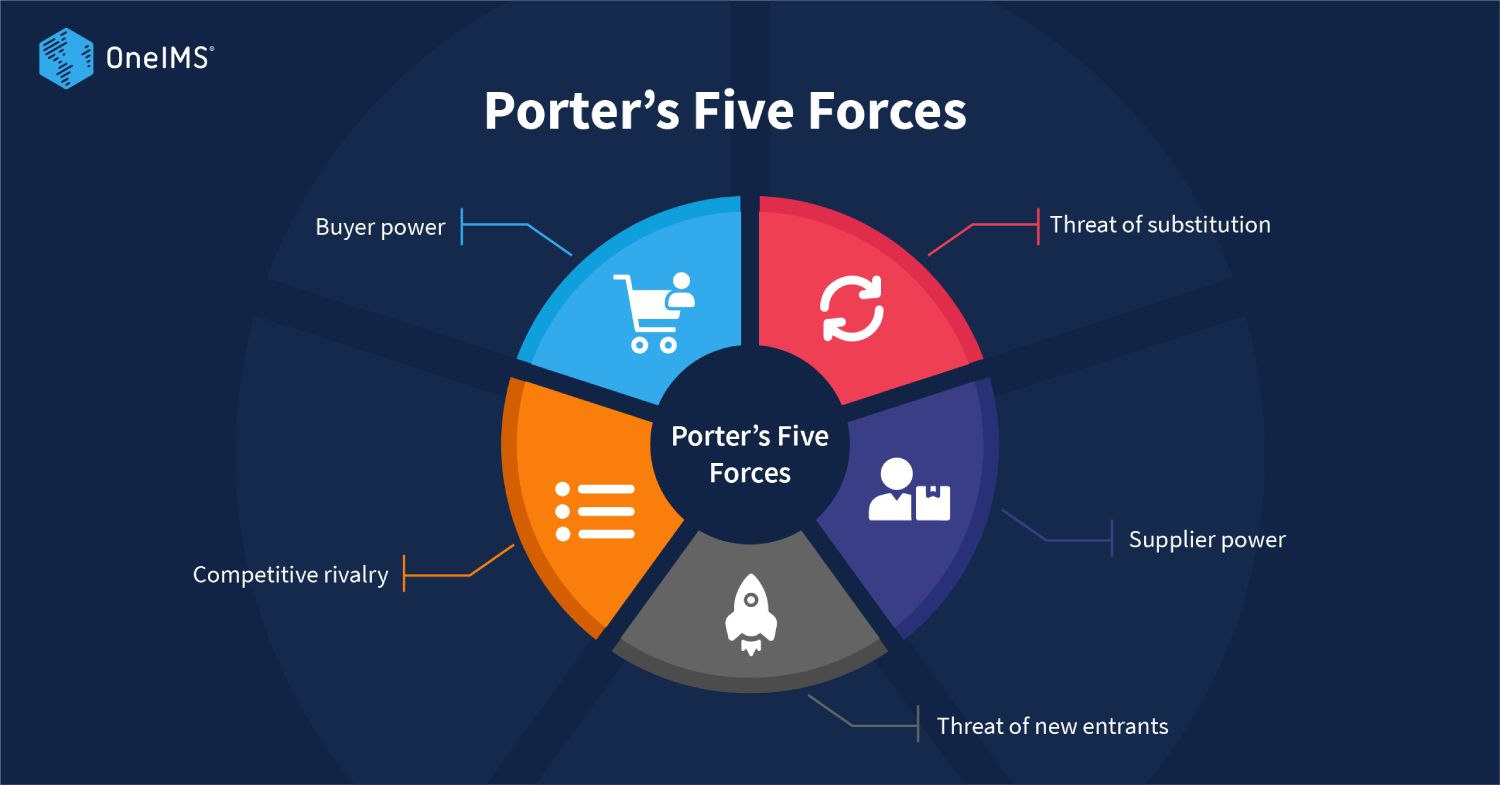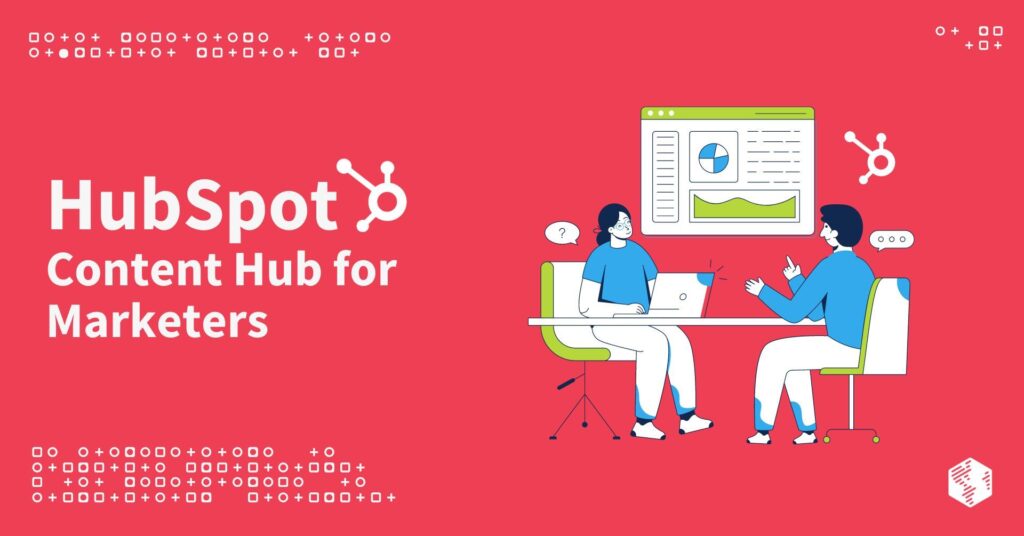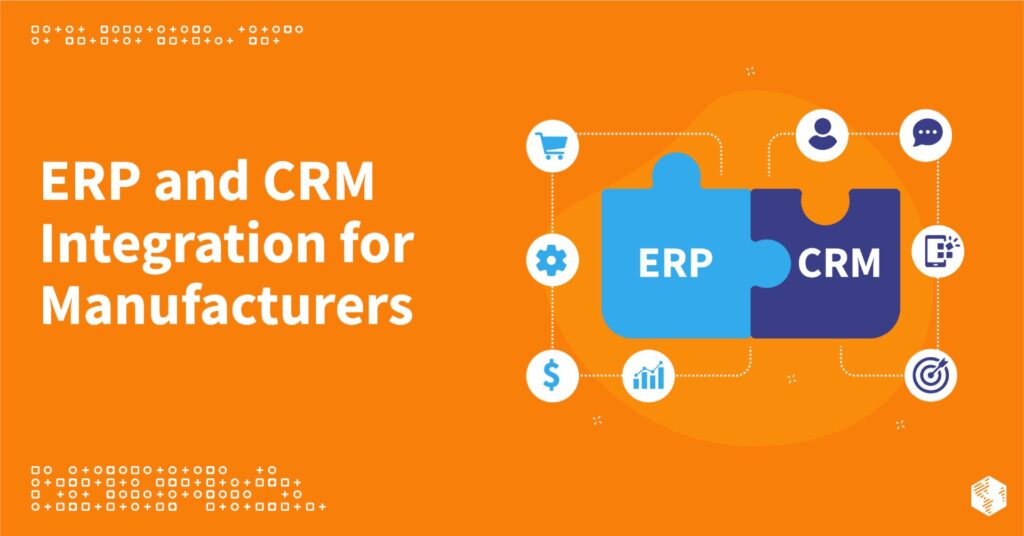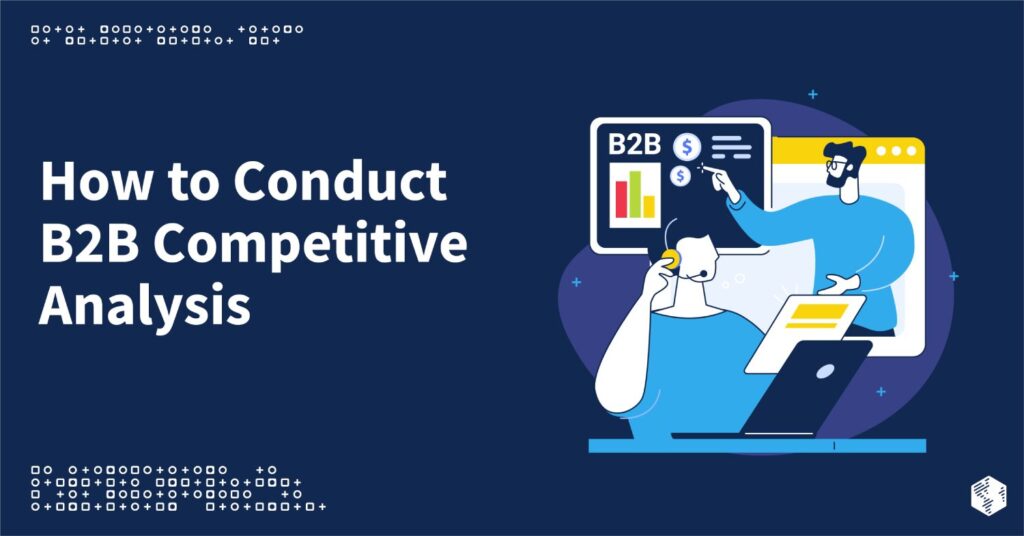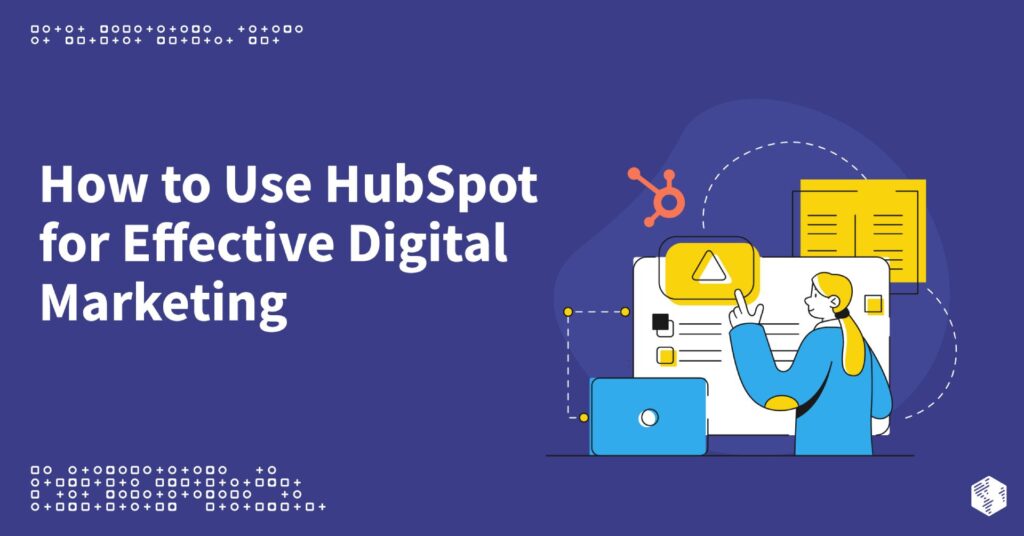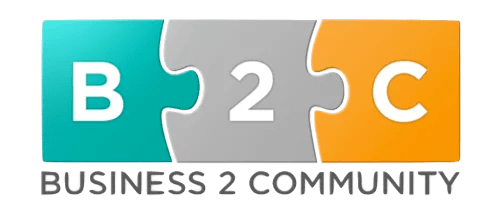In The Art of War, ancient Chinese military strategist Sun Tzu famously commanded his generals to “know thy enemy.”
And sure, B2B marketing and sales isn’t a battlefield, but knowing your competition is just as essential in today’s business landscape as it was in 5th century China.
But it’s not enough to just keep a casual eye on what your competitors are doing. If you want to stay ahead of the competition, you will have to take a regular deep dive into the moves your top B2B competitors are making—from the keywords they’re targeting and the content they’re publishing to the sales tactics they’re using and the buyers they’re engaging.
With an organized, calculated approach to competitor research, you can strengthen your marketing and sales strategies and propel your B2B organization to new heights.
The Importance of Competitor Research
Everyone on your B2B team—marketing staff, sales representatives, revenue operations specialists, and more—can benefit from the insights revealed through competitor research. With these insights in hand, your employees will be empowered and equipped to perform their jobs more effectively.
Understand (& Stay in Touch with) Your Audience
Competitor research will help you understand and stay in touch with your target buyers. Why? Because thorough competitor research requires you to view the market—and your competition—through the eyes of clients and customers. It’s the best way to truly get to know the tactics of your competitors and know what you are up against in your sector.
Identify Gaps in the Market
By analyzing the strategies and tactics of your competitors, you will begin to see gaps in the market—what is working for them, what worked for them in the past, what hasn’t worked, and what they aren’t doing at all. You’ll not only get valuable insights about what to do and what mistakes to avoid in the future but also identify untouched markets and platforms you can exploit.
Learn the Strengths & Weaknesses of Your Competitors
One of the main goals of competitor research is to assess the strengths and weaknesses of your competitors. What are their biggest strengths, and how can you improve in that area? What clear weaknesses do they have, and do you have similar weak areas that need to be addressed? These insights can guide your marketing and sales strategies and ensure your B2B company is as successful as possible.
Determine Which Marketing Strategies Are the Most Effective
Today’s B2B customers have high expectations when it comes to marketing—they’re looking for personalized replies and content that is tailored to their needs, questions, and concerns. By conducting competitor research, you’ll learn how your competitors are communicating with your audience, how buyers react to different types of content, and which channels are the most effective. With this helpful information in hand, you will be better prepared to converse with prospects in the future.
Get Ahead of the Competition
If you want to get ahead of the competition, you have to know your competitors. Taking the time to conduct thorough competitor research can help you determine where your B2B company stands in relation to your competitors, how to best position your products or services in a competitive market landscape, and what to prioritize so you can break new ground in your industry.
What Is a B2B Competitive Analysis?
A B2B competitive analysis is an in-depth examination of the competitors in your industry. It involves identifying key competitors, analyzing their strengths and weaknesses, evaluating their strategies, locating new growth opportunities, and assessing your company’s place in the landscape.
Depending on the goals of a competition analysis, you may examine a variety of characteristics, including the following:
- The key terms they target with their content
- The type of content they publish
- The clients/buyers they market to
- The products/services they offer
- The sales process they use
- The marketing strategies they implement
- How often and where they post content
- How much their audience engages with their content
- Their pricing structure
- The lead magnets they use
The scope of a B2B competitive analysis depends on the questions you want to answer and the insights you want to unpack. Then, with valuable competitor data in hand, your business will be better prepared to stay on top of sector trends and identify the strategies that will lead to revenue growth.
How to Conduct a B2B Competitive Analysis: 6 Steps to Follow
You may be tempted to wing a competitor analysis. All you have to do is catch up on your B2B competitor’s blog and follow their company’s account on social media, right?
Not quite.
To succeed in competitor research, you must have a clear process in place before you get started. Follow these steps to conduct an insightful and informative B2B competitive analysis.
1. Determine Your Goals & Establish Success Metrics
Why are you conducting a B2B competitive analysis? What do you want to discover? What insights do you hope to gain?
Your competitor research needs a goal, and that goal must align with why the analysis is being conducted in the first place. Be clear about the purpose of the competitive analysis and what you want to achieve as well as corresponding success metrics—all of which will guide the rest of your competitive analysis process.
2. Identify & Categorize Your Competitors
Before diving into the research process, it’s important to know which B2B competitors you will analyze.
Types of Competitors
There are two types of competitors to consider: direct competitors and indirect competitors.
Direct competitors, also known as primary competitors, are businesses in your industry that sell a similar product or service, operate in the same geographic area, and target the same customer segment. Indirect competitors, or secondary competitors, offer products or services to a different audience that could fulfill similar needs or be substitutes for yours.
How to Choose Which Competitors to Analyze
To narrow down a list of competitors for your analysis, start by creating a list of competitors you regularly run into. Search key brand terms online and see what other companies pop up, too. Based on the goals of your analysis, pick the five competitors (ideally direct competitors) to get the best results.
While the focus should be on primary competitors here, keep an eye on those secondary competitors; at any time, they could switch up their tactics and cross over into primary competitor territory.
3. Collect Competitor Data
By reviewing the content, online presence, interactions, and tactics of your competitors, you will learn more about your competition. But there’s so much data out there—how do you decide what to collect?
The data you gather will depend on your goals. If your goal is to gain more social visibility than your competition, you will need to do a deep dive into their social media platforms. If your goal is to find unaddressed pain points in the market, you should look at the products and services your competitors offer (and identify what’s missing).
Here are a few areas where you can start collecting competitor data.
Evaluate Their Digital Presence
Analyze the website, social media platforms, and online reviews of your competitor to get a solid understanding of their digital presence. As part of an in-depth examination, look at the type of products and services available on their website, what information is published on their website’s FAQ page, the engagement rates on their social media posts, and their blog posting frequency, for example.
Additionally, compare your B2B business’s digital presence to the competition. What do you do differently? What can you learn from their online activity?
Consider Their Approach to Marketing
Examine how the competition markets their products or services. This process will likely require a close look at their website. Do they have a blog, ebooks, or whitepapers available? Do they publish case studies or customer testimonials? Do they have a podcast or hold webinars? Do they offer interactive content or run digital advertising campaigns? See what you can find online—and remember to approach your research from the buyer’s perspective.
Assess Their Content Strategy & Engagement
Take a closer look at their content strategy and how their audience engages with their content. Identify the keywords they use, look at the quantity and quality of their content assets, see how often they share content, assess their content promotion techniques, and check if their content actually engages buyers and drives visitors to their landing pages.
Research Their Sales Tactics & Results
What does their sales process look like? Are they expanding? What is their annual sales volume and revenue? What selling channels are most successful for them?
For publicly held companies, you can find some of this information online. Otherwise, some on-the-ground sleuthing may be necessary to get the answers you need. For example, you could search your customer relationship management (CRM) software for customers who said they were considering competitors and ask them what made them choose your company over your competition (or vice versa).
4. Draw Conclusions
Once you have conducted competitor research, you should be left with lots of data. Now it’s time to connect the dots and see what you can learn from those data points.
There are several methods of analysis you could use to draw conclusions, three of which include benchmarking, SWOT analysis, and Porter’s Five Forces.
Benchmark Your Company Against Your Competitors
Use quantitative and qualitative competitor data to see how your company stands up to the competition. By benchmarking your B2B company against your competitors, you can gain a great deal of insights regarding your performance and position in the market. From pricing structures to sales strategies to future revenue goals, there’s a lot you can learn from benchmarking.
Conduct a SWOT Analysis
A SWOT (strengths, weaknesses, opportunities, threats) analysis involves using a four-way matrix grid to identify the strengths and weaknesses of your competitors as well as discover new opportunities and threats they pose to your brand.
Let’s break it down by letter:
- S: What is your competitor doing well? Where does your competitor have an advantage over your business?
- W: What is the weakest area for your competitor? What could they do better? Where does your business have an advantage over your competitor?
- O: Are there opportunities in the market your competitor has taken advantage of?
- T: In what ways would you consider your competitor a threat?
It’s a powerful tool for drawing insights and making data-driven decisions.
Use Porter’s Five Forces
Another framework to consider is Porter’s Five Forces. It is a comparative analysis strategy that plots the competitive landscape of an industry by considering five forces at play:
- The potential for new entrants in an industry
- The existing competition in the industry
- The arrival of new goods or services on the market
- The negotiating power and number of suppliers
- The negotiating power and number of consumers
Each of these forces are external in nature and can help analysts get a better look at the broad industry market.
How Does Porter’s Five Forces Differ from a SWOT Analysis?
While both SWOT analyses and Porter’s Five Forces are strategic planning and analysis tools, they serve different purposes for a B2B competitive analysis. The SWOT analysis is a broader tool that assesses both a company’s internal strengths and weaknesses and its external opportunities and threats. Alternatively, Porter’s Five Forces looks at the competitive environment of an industry landscape as a whole. But tools can be beneficial when conducting a competitive analysis, depending on which aligns more closely with the goals and success metrics established in Step 1 of the process.
5. Deliver Insights
With insights and conclusions from your data analysis in hand, you are ready to present your research to key stakeholders. Compile the information you found and analyzed in a way that makes sense to whoever requests it. Aim to create actionable steps guided by these insights.
Thanks to your B2B comparative analysis insights, stakeholders will be able to clearly see gaps in the market, opportunities for improvement and growth, and methods for optimizing your sales and marketing strategies.
6. Gather Feedback & Optimize
B2B competitive analyses are not a one-time process—you should conduct them regularly, especially during market shifts, when competitors enter or leave the scene, or if you are looking for answers to specific questions concerning the competitive landscape.
Each new competitive analysis is an opportunity to gather feedback and make improvements. Talk to stakeholders and ask if your analysis matched their expectations and unlocked new insights.
And don’t forget to look at the success metrics from Step 1. They will help you determine whether you hit your goals for the analysis and what, if anything, should be improved for the next one.
Conclusion
Conducting competitor research helps you improve the digital marketing strategy of your B2B company, gives you valuable insights into what’s working (and what’s not), and ensures you relate to your target audience—which is why “knowing thy enemy” is essential to B2B success.
Need help with competitor research, attracting new audiences, retaining existing customers, and generating more revenue? We’re ready to partner with you. Schedule a consultation with us today to learn more about how OneIMS can help your B2B business achieve your growth goals.




